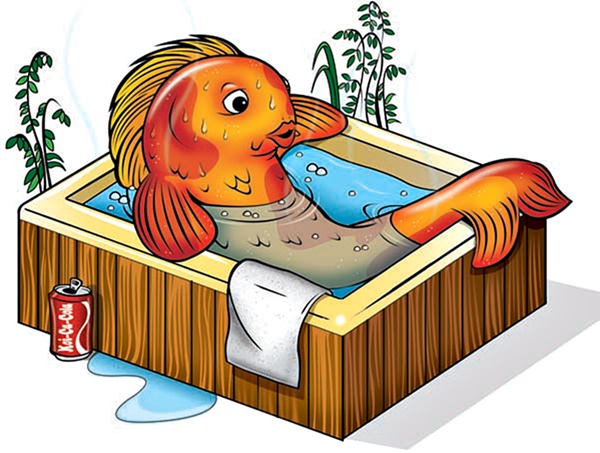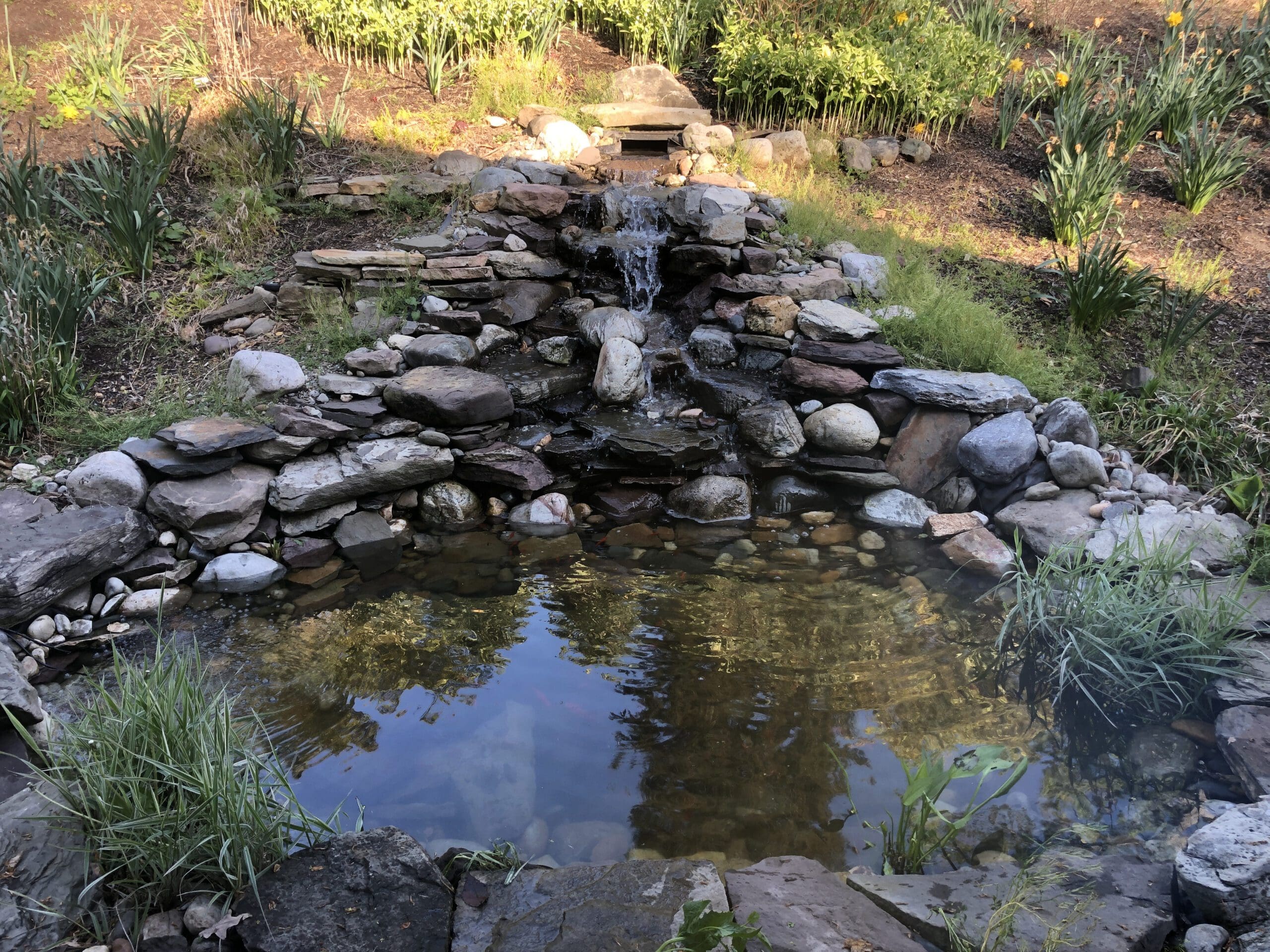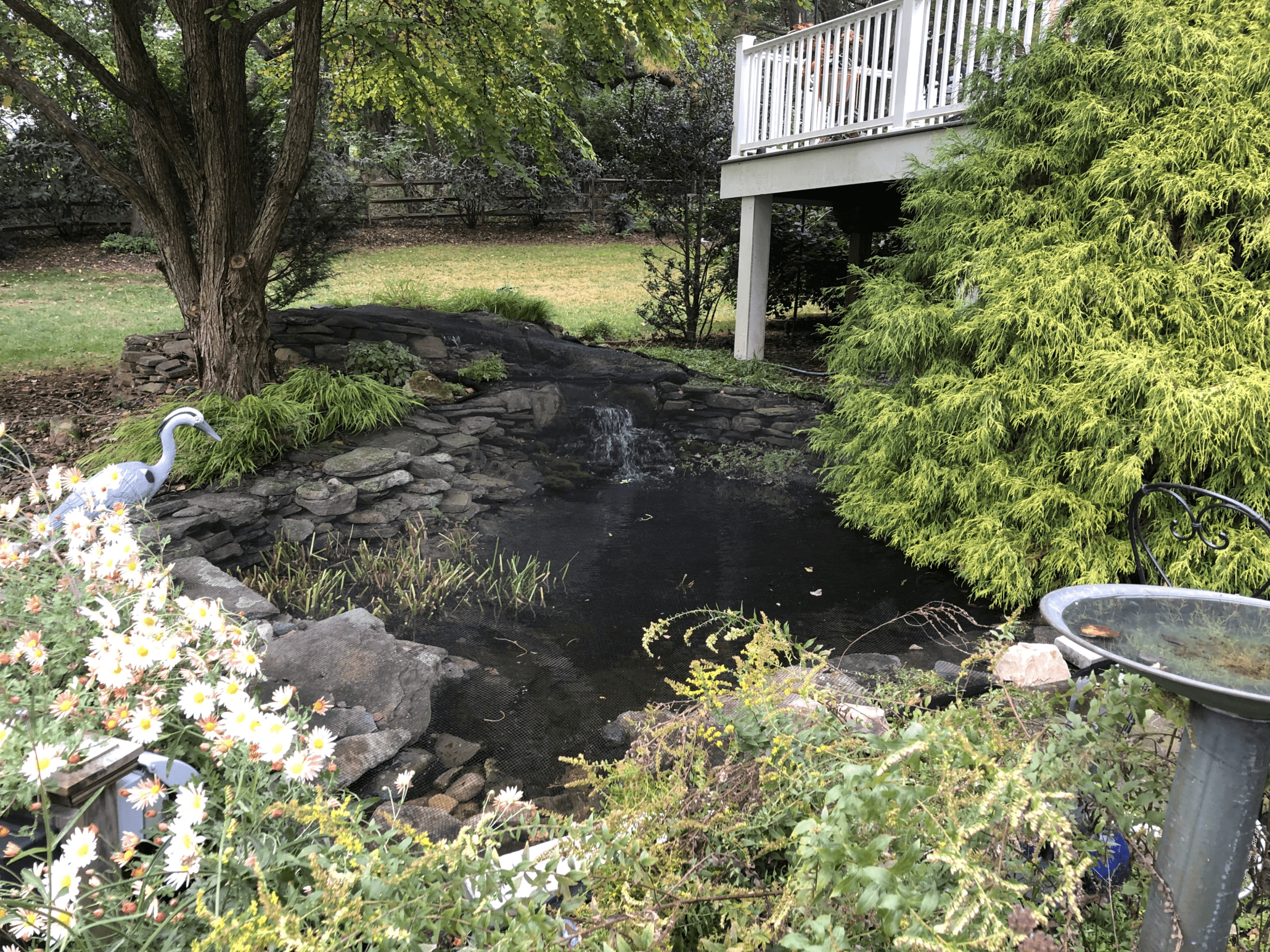Cool off that Hot Pond!
Hot Pond problems are not good problems to have. Many people are attuned to the problems of snow and freezing temperatures when it comes to their ponds. There is another problem too, though—heat!
When it gets very hot, your water temperature rises as well. When the water gets above 80 degrees Fahrenheit, changes might occur. You might notice your plants looking a little worse for the wear, not to mention your fish. Fish may gasp for air close to the water’s surface or appear a little stressed out. Why is this happening and what can you do?
Hot Pond—Plant Problems
Just like fish (and humans!) pond plants can show the effects of extreme heat. Water lettuce and water hyacinth can turn yellow and burn. The pads of your prized hardy waterlily might also begin to turn a brownish color and start to decay. Since the leaves of a waterlily help shade the pond and keep it cooler, maintaining the plant’s health is a priority.
Hot Pond—Fish Concerns
Cooler water can hold much more oxygen than warm water. With warmer water, your fish become more active, leading to a Catch-22. Your fish require more oxygen due to their activity than when there is less oxygen available!
Fish aren’t the only pond inhabitants who increase their activity in warmer weather. Bacteria, viruses, and parasites also tend to increase which means diseases can spread quicker. Just like humans, stressed fish are more susceptible to diseases when they’re not feeling up to par.
How to beat the heat
Ponds with a depth of two feet or more have an advantage over shallower ponds, as the bottom of the pond will remain cooler and the fish can hang out at the lower depth.
Aquatic plants help cool a pond provided one-third to one-half of the pond’s surface area is covered. Waterlilies, mosaic plant, and water lettuce are all great options for shading the surface of your pond. Of course, natural overhead shade from trees, bushes, and even your house will help.
One of the most important parts of pond design is circulation. Your biological and mechanical filters should be placed across the pond from each other so that all areas of the pond are skimmed and the water circulated.
Keep in mind that your waterfall or stream plays a huge role in the oxygenation of pond water. Oxygen enters the water when there is air and water interacting. Streams and waterfalls create turbulence which increases oxygen levels.
Cooling Off
You can use a pond thermometer to check the temperature of your pond water. If you find the water nearing 80 degrees, you can increase oxygen with a pond aerator. You can also perform a partial water change and add cooler water. Just remember to detoxify the pond after adding municipal water – for the safety of your fish.
Keep in mind, you don’t need to take your pond’s temperature every day – especially if you have an ecosystem pond with proper circulation and filtration. Simply watch for tell-tale signs like fish gasping for air at the surface of the water or near a waterfall. That’s typically the first sign that the pond is overheated and needs oxygen.
Summer is a great time to enjoy your pond – and you may have noticed it’s also the coolest spot in your yard! Keep your fish and plants healthy, and you’ll enjoy a low-maintenance pond throughout the season. Contact us for help on cooling your Hot Pond!






